Ahmedabad: Chandrakant Patel, a resident of Anand in Gujarat, lost his daughter-in-law, Kinal Mistry, in the Air India 171 crash Thursday. He had some closure Sunday when Civil Hospital, Ahmedabad, handed over her remains. The process, along with document verification, as well as collecting her coffin, took less than two hours. Then, escorted by Gujarat Police in a government-provided car, Patel had returned to Anand with the body by Sunday night.
The Gujarat government, which has by now mobilised nearly the entire state machinery in response to the calamity, provided a family car and an ambulance to Patel Sunday, he told ThePrint Monday, a few hours after the funeral of his daughter-in-law. “With us [from Ahmedabad to Anand], we had a police officer, a government official, and a Tata Group person, who offered to pay for any expenses we might incur for the funeral, but we refused. We wanted to do whatever we could for our daughter, ourselves,” Patel said.
The unexpected disaster involving the Ahmedabad-London AI 171 has left all 242 passengers on board—except one—and all pilots and crew dead, leaving behind a trail of destruction at the site where it crashed into the BJ Medical College’s hostel building. Officially, there is no clarity on the death toll yet.
On Saturday, Dr Dhaval Gameti, the Junior Doctors Association president, said the administration had so far recovered 270 bodies, which include the bodies of medical students staying in the hostel.
“When an incident of such a big magnitude happens, it is natural that the victim’s families have several questions on their minds. To tackle the situation, we set up a helpline from Day 1 and provided a set of FAQs. We set up teams and engaged many people to provide the families services in different shifts, ensuring round-the-clock service while nobody gets tired. Nobody had to put in more than eight hours of duty,” Jayanti Ravi, the revenue department’s additional chief secretary, who was involved in the relief and rehabilitation operations, told ThePrint.
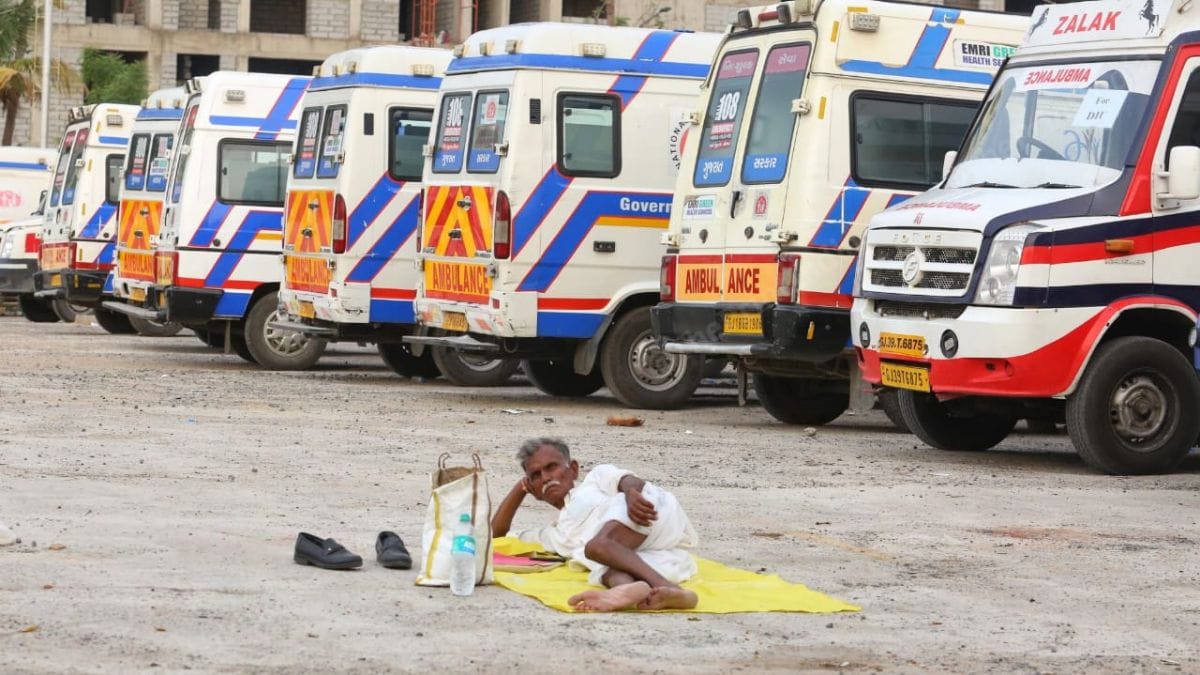
“The team overall has done very well,” said Ravi, adding that the rescue, relief, and rehabilitation were coordinated via the state emergency operation centre and a full-time 24*7 control room. “We augmented control rooms,” she said.
After the crash, Ravi, along with her team, visited the crash site and Civil hospital to take stock. “We have tried sincerely at all levels. The whole team has, right from the CM down to the last of the collectors in the district,” said Ravi.
While the first responders Thursday started rescue operations almost immediately, the administration galvanised within two hours of the crash, preparing for the daunting task of identifying the relatives of the victims. With most bodies beyond recognition, officials helped distressed families identify their loved ones, completing the handover thereafter.
Just after Operation Sindoor in May this year, a civil defence awareness programme was conducted in many districts of Gujarat. In Ahmedabad, the exercise was organised in 83 clusters, including many village areas in the district. More than 2,000 people joined the civil defence under the programme and received training in health work, cardiopulmonary resuscitation, and rescue and evacuation operations. The preparations from a month ago helped the administration after the plane crash.
“We mobilised 500 people from the civil defence in just one hour after the crash and deployed them at the crash site for the relief and rescue operation,” said a source in the Ahmedabad district administration.
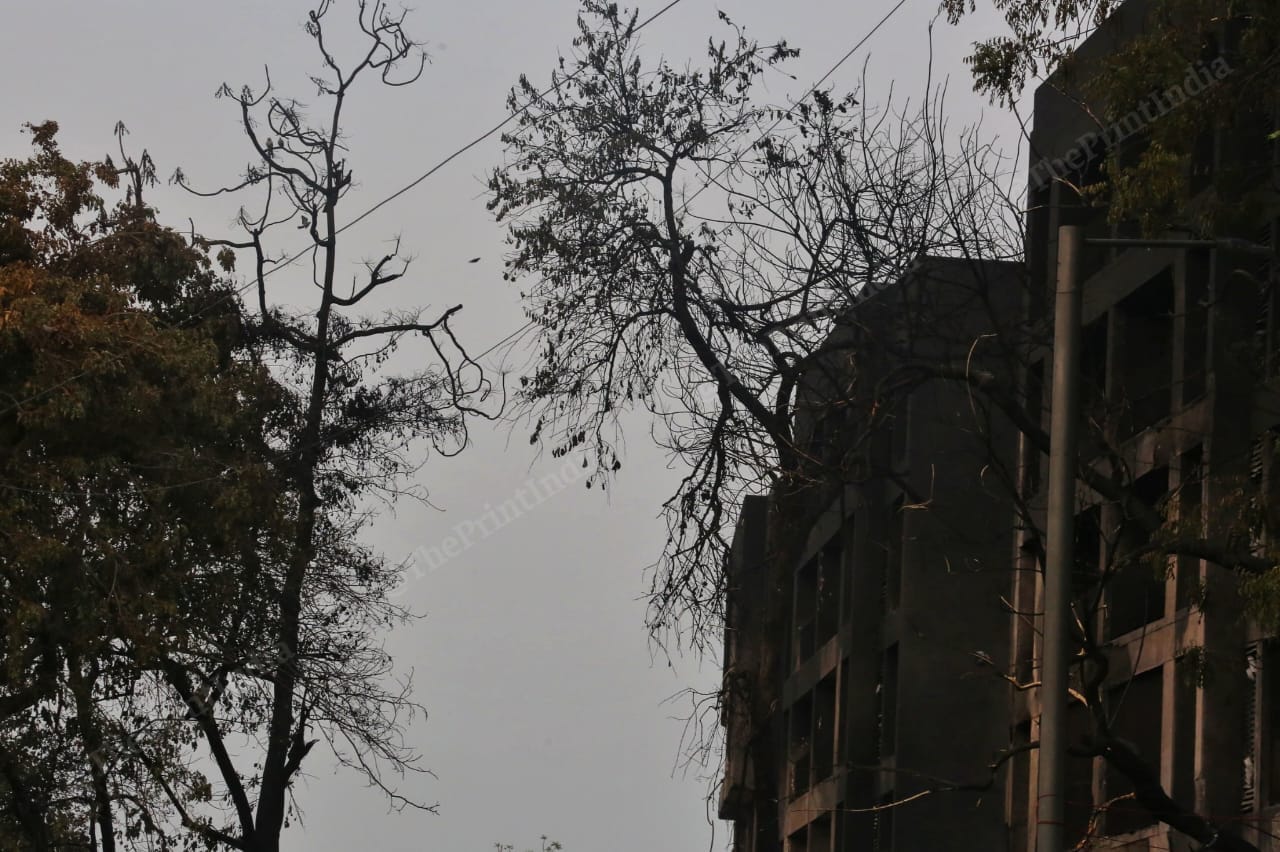
Also Read: Why do airplanes still crash?
4 IAS officers oversee rescue
The Air India Boeing 787 Dreamliner took off at 1.38 pm and crashed within 31 seconds of takeoff in the Meghaninagar neighbourhood, close to the Sardar Vallabhbhai Patel International Airport.
The first to be alerted was the airport fire station, followed by the fire control room, which alerted the nearest Naroda fire station. By 1.43 pm, the first set of fire engines had reached the crash site.
At roughly 2 pm Thursday, State Disaster Response Fund-Assistant Superintendent of Police (SDRF-ASP) Sheetal Gurjar received a call from the relief commissioner, Alok Pandey, to rush a team to Meghnaninagar, where a plane had crashed.
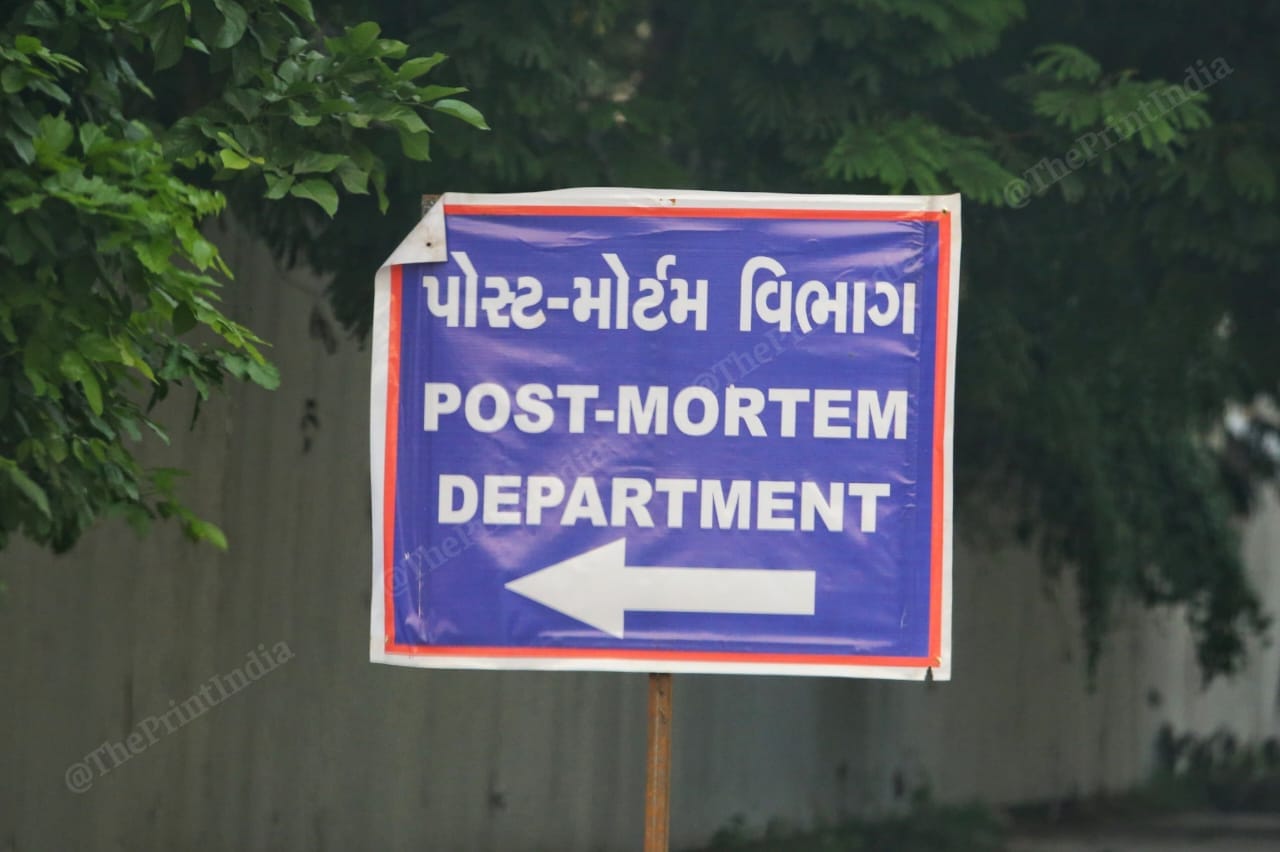
At the time, the SDRF team led by Sheetal Gurjar was having lunch. All the team members left their food and hurried to the crash site. “Our team has no experience of working with aviation fuel. The temperature of the site was nearly 1,000 degrees Celsius. But, we had to work and safely evacuate the people and the bodies,” Sheetal Gurjar, SDRF-ASP and nodal officer for the State Emergency Operation Centre (SEOC), told ThePrint.
Four teams of 25 persons from the SDRF reached the spot. Agencies, like the National Disaster Response Force and the Central Industrial Security Force, joined the rescue.
“Carbon particles stuck to our body … suffocation,” Sheetal said, recalling what he experienced during the rescue, adding that residents of the area then stepped in to help, bringing sarees. His team members wet the sarees the residents brought and covered their hands with the cloth before making attempts to remove bodies from the aircraft. Just before the SDRF team members entered the crash site, they had to break down the building walls from three sides. The fire tender staff, meanwhile, created a water wall for their safe entry. Still, the rescuers ended up inhaling so much carbon that many vomited.
During the recovery of the bodies, the Gujarat administration created a green corridor for the transport of bodies to Civil Hospital, Ahmedabad.
Within an hour of the disaster, the general administration department of the Gujarat government decided to depute four IAS officers to the site to deal with the bodies of the victims and their aggrieved families.
The IAS officers include Harshit Gosavi, joint secretary in charge of law and order in the home department; Nitin Sangwan, director of training and employment, Gandhinagar; Arvind V., managing director of Gujarat Informatics Ltd.; and Prashant Jilova, regional commissioner of municipalities, Ahmedabad.
“We made a call at 2.30 pm, telling officers that the government is deputing four of them to the Ahmedabad Civil Hospital and that they should immediately head outside rather than waiting for any formal order because it will take time to issue the formal orders,” a senior Gujarat government official told ThePrint.
The government also asked the officers to report to Dhananjay Dwivedi, an additional chief secretary in the health and family welfare department.
The government also immediately assigned 16 Class-1 officers of Gujarat administrative service and another 16 Class-2 officers to the relief division of the revenue department Thursday afternoon.
After the four IAS officers reported to the hospital, Chief Minister Bhupendra Patel held a meeting with senior officials to set a standard operating procedure for dealing with families of victims.
“The crash had happened immediately after takeoff, and as such, the family members who accompanied the passengers to the airport to bid farewell were around when they heard the news and rushed to the hospital. There was a state of panic, and everyone wanted answers,” the government official quoted above.
“After the meeting, two of the four IAS officers got the task of setting up a desk in Kasauti Bhavan to attend to the concerns of the families after the death of victims. We deployed the other two officers to the trauma centre,” the official added.
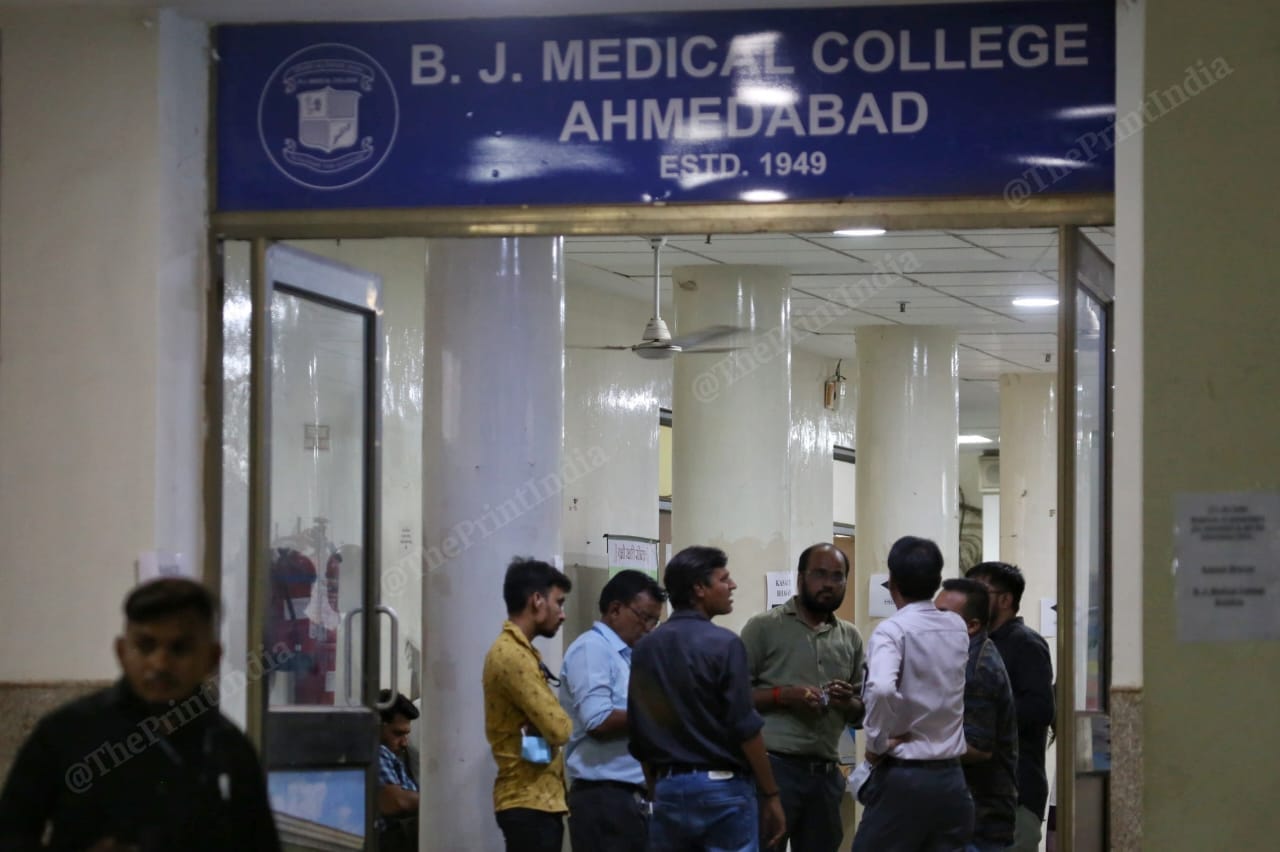
Kasauti Bhavan is the ground-floor examination hall of the BJ Medical College on the premises of the Civil Hospital, Ahmedabad. The desk was open Thursday between 4 pm to 5 pm. By then, more than a hundred bodies, all beyond recognition, had successfully been recovered. Thereafter, the government started the process of DNA testing by Thursday evening.
“In other incidents, bodies do not break into pieces, but the plane crash left the bodies torn into pieces, and while picking them up, the flesh was sticking to the hands. The bodies had not remained intact. No one had experienced such a rescue,” said Sheetal Gurjar.
By Friday, government officials had managed to contact most families and arranged for their lodging in the Ahmedabad Circuit House, the official guest house of the government, as well as two private hotels.
“Initially, there was a lot of confusion. However, on Friday, I got a call from an official in the Gujarat government, asking me if I have given my blood sample for a DNA test and offering help with accommodation in Ahmedabad,” Mumbai-based Imtiaz Ali Sayyed, who lost his brother Javed, his wife, and two children in the crash, told ThePrint.
“I have some friends and family with contacts in the Gujarat government. By the time an official reached out to me, I had already done the needful. I had also sorted out my accommodation,” he added.
By Saturday evening, after the successful delivery and collection of most DNA samples, the government stationed two of the four IAS officers at a 24/7 centre created inside the office of the medical superintendent and instructed them to be there till the discharge of all victims bodies. One more officer stayed back at Kasauti Bhavan, where a few family members were still coming for DNA sampling.
Matching victim & family DNA
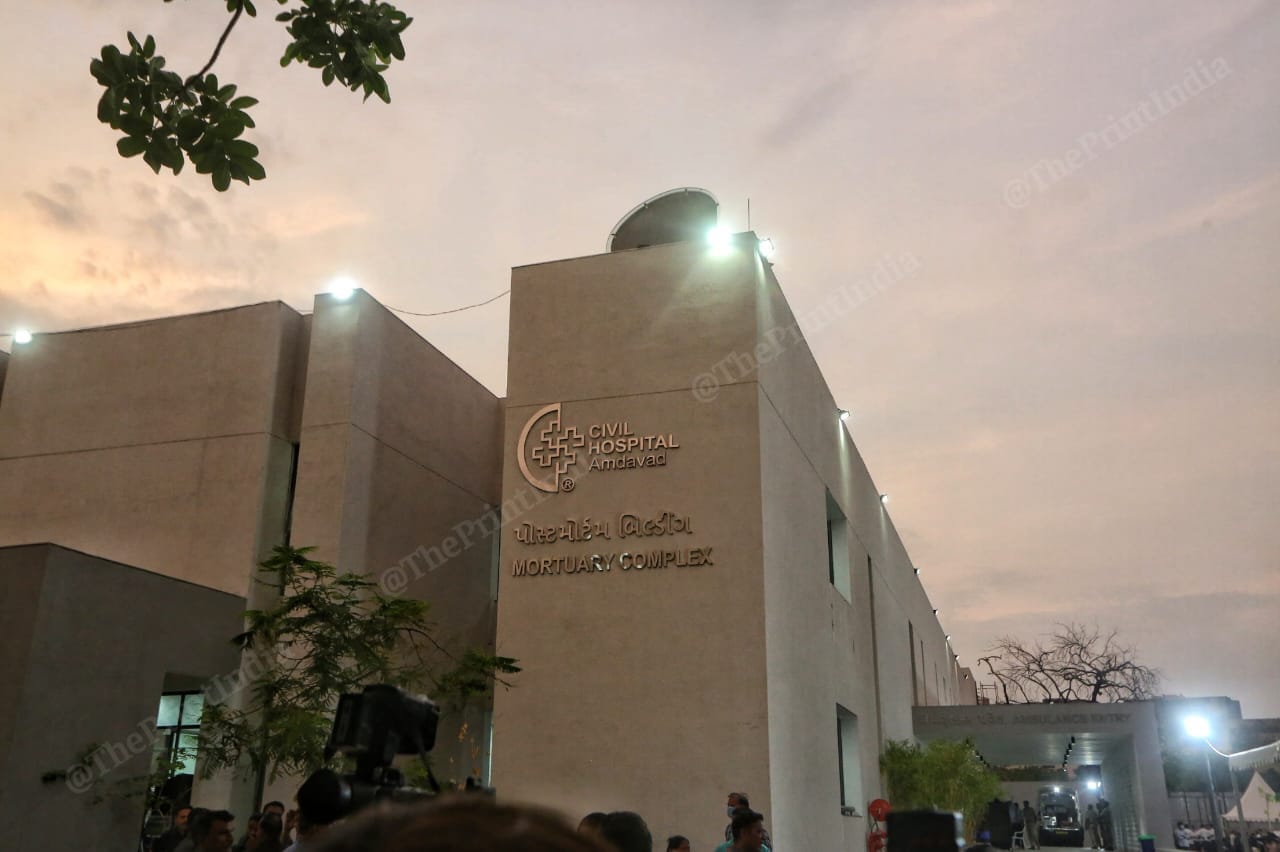
On Thursday, the government circulated a list of all passengers, who had been onboard the now-destroyed aircraft, and asked the collector offices of 33 districts in Gujarat to send their staff to the Ahmedabad Civil Hospital.
“There was no fixed formula. We had to—through various means—find out if any of the passengers were from our districts or if their next of kin was in our district. We had to identify the family of victims from our district, take them to the Ahmedabad Civil Hospital, and collect samples from them for DNA testing,” a junior official from the collector office in Amreli told ThePrint.
The collectorate in Amreli found two families from the district between Thursday night and Friday morning. Arjun Patolia, a resident of the United Kingdom, had returned home to the Vadia village in the Amreli district for the last rites of his deceased wife. He was on a return flight to London, where his two daughters, both under 10, were waiting for him. When the flight crashed, the daughters lost their only surviving parent.
The other plane crash victim, Riddhiben, was married to a man in Rajkot but hailed from Amreli, where her family members currently live. Her family had to report to the Civil Hospital in Ahmedabad to give blood samples for a DNA test.
At the hospital, ten teams, with a total of 36 forensic experts from the Forensic Science Laboratory, have continued to labour over DNA samples.
According to an X post by Gujarat Minister of State for Home Harsh Sanghavi, eight of the forensics experts are mothers with children aged three years or less. One of them turned up for duty despite undergoing a personal tragedy—her mother, whose heart function had dropped to 20 percent, was “fighting for life” while waiting for her surgery scheduled on 12 June. In his post, Sanghavi commended all those putting the needs of their family aside to focus on “the critical task at hand”.
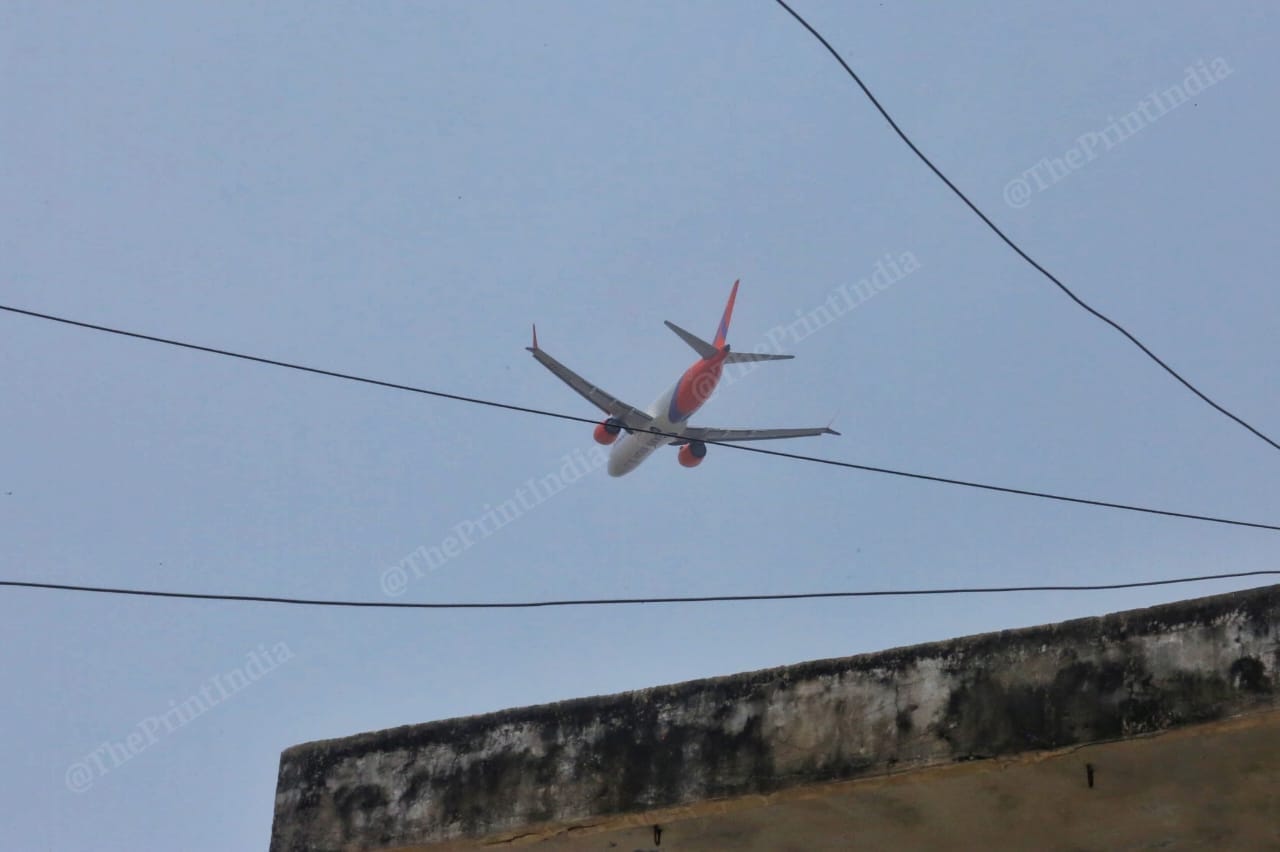
In multiple media briefings, Dr Rajnish Patil, the additional medical superintendent at Civil Hospital, Ahmedabad, and professor of surgery, has told reporters how complicated the DNA matching process has been in this particular case. In normal circumstances, it can take up to 72 hours. The administration now has to move extra meticulously because there can be “medical and legal consequences” for mistakes.
Moreover, the hospital has arranged for home collection of samples from relatives who could not reach Kasauti Bhavan in person, according to a statement from the Gujarat government. It got its first few matches of DNA configurations Saturday, thereafter starting the process of handing bodies over to bereaved families. By 2 pm Tuesday, the forensics team had matched 162 DNA samples.
Soon after the plane crash, the government formed 10 surgical teams and 10 medical teams for treatment and medical operations, with those teams now overseeing the entire DNA-matching process. “All the units work together. The load of patients is heavy,” Dr Patel told ThePrint.
230 teams, 1 for every passenger
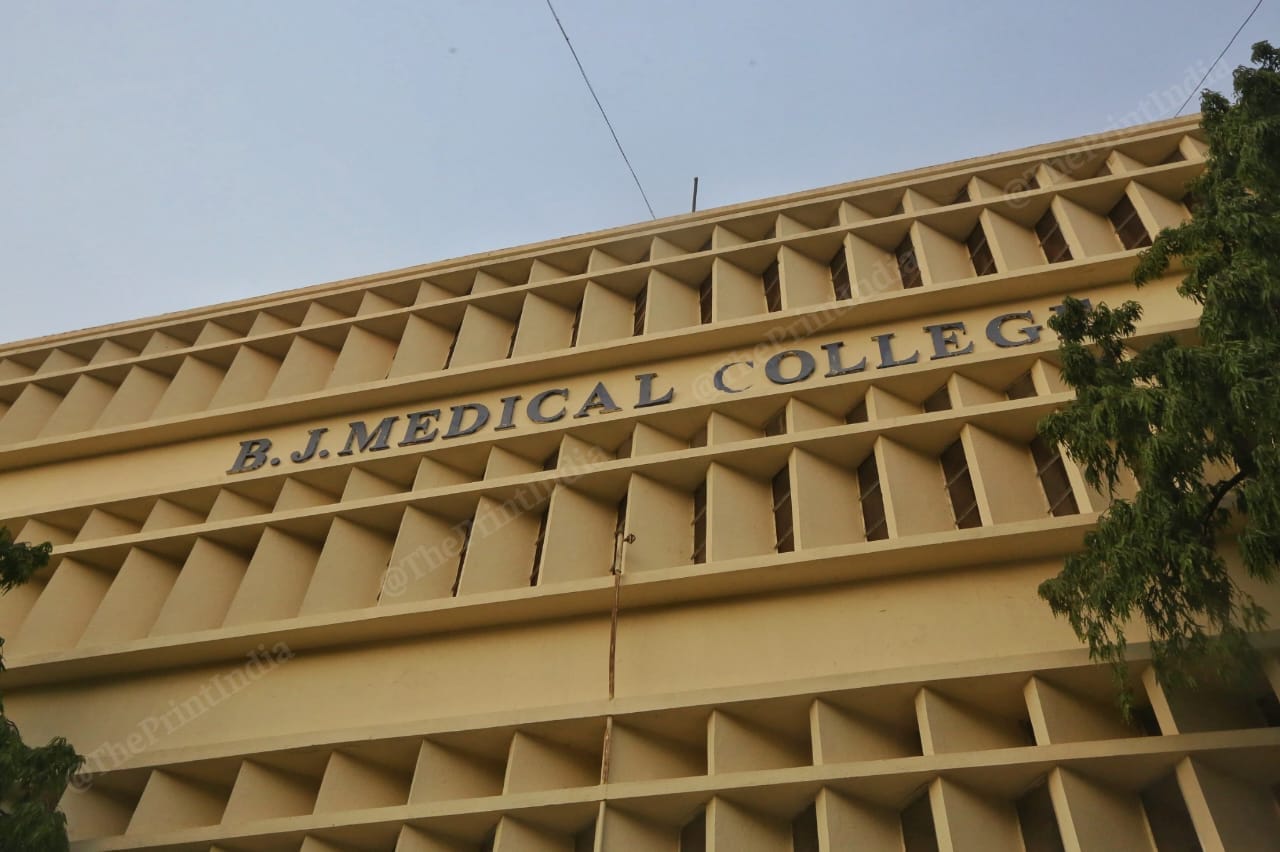
Relief commissioner Alok Kumar Pandey said the government had traced the families of victims from Gujarat to 18 of the 33 districts.
“We created 230 teams to find the family of each victim. If you look at the constitution of the teams, there are 591 personnel across all the teams, including doctors and treasury officers,” Pandey told ThePrint.
The hospital has also made arrangements for grief counsellors. Every family coming for a DNA test or to take possession of a body is asked if they would like counselling, family members told ThePrint.
Behind the creation of the one-to-one teams is a simple formula. Once a family member of a victim gets identified, the government makes a deputy collector rank official get in touch with the family. For families residing in Gujarat, the collector of their home districts then deputes a sub-divisional magistrate and a taluka magistrate for the family.
The administration, Jayanti Ravi said, earlier instructed collectors to include a woman on each team, if possible, and to hold meetings with the teams daily to ensure everything was going smoothly. The teams also accompany the families of victims to the hospital for DNA testing, or taking possession of bodies.
Every family is issued a death certificate when they take a body home. Moreover, at the level of every district collectorate, the administration has constituted teams of finance officials to help families in filing insurance claims. “We can not give back the person that the families lost, but we can help out with these formalities,” Jayanti Ravi said.
Back home in Anand, with the last rites of his daughter-in-law behind him, Patel recalled how Kinal wanted a destination wedding. The family put off the main ceremony to honour her wishes, settling for a registered marriage before the new couple headed to the United Kingdom last year.
“On Sunday, when we got the body, they asked us if we wanted to talk to a counsellor about our loss. We said we were okay. Then, they asked us if we wanted to open the coffin and see her body. We refused,” Patel said.
His family members, Patel said, continue to pore over all the Instagram pictures Kinal and her husband had posted from their year in the UK. “We want to remember her as that happy, smiling girl,” Patel added.
(Edited by Madhurita Goswami)
Also Read: Air India crash victim’s Kuki family rejects Meitei area route for body. Fears ‘spectacle’



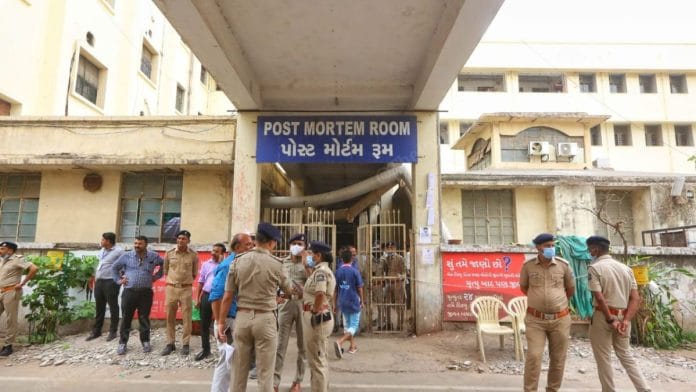



Excellent job done by the team @Theprint. It clearly looks like the reporters were on the ground, talking to right people who matters and gave a detailed perspectives. Such behind the scene coverage could not be found in Local newspapers in Gujarat/Ahmedabad . Kudos for Team @Theprint & of course to Govt of Gujarat for mobilising and managing the aftermath of disaster so well.